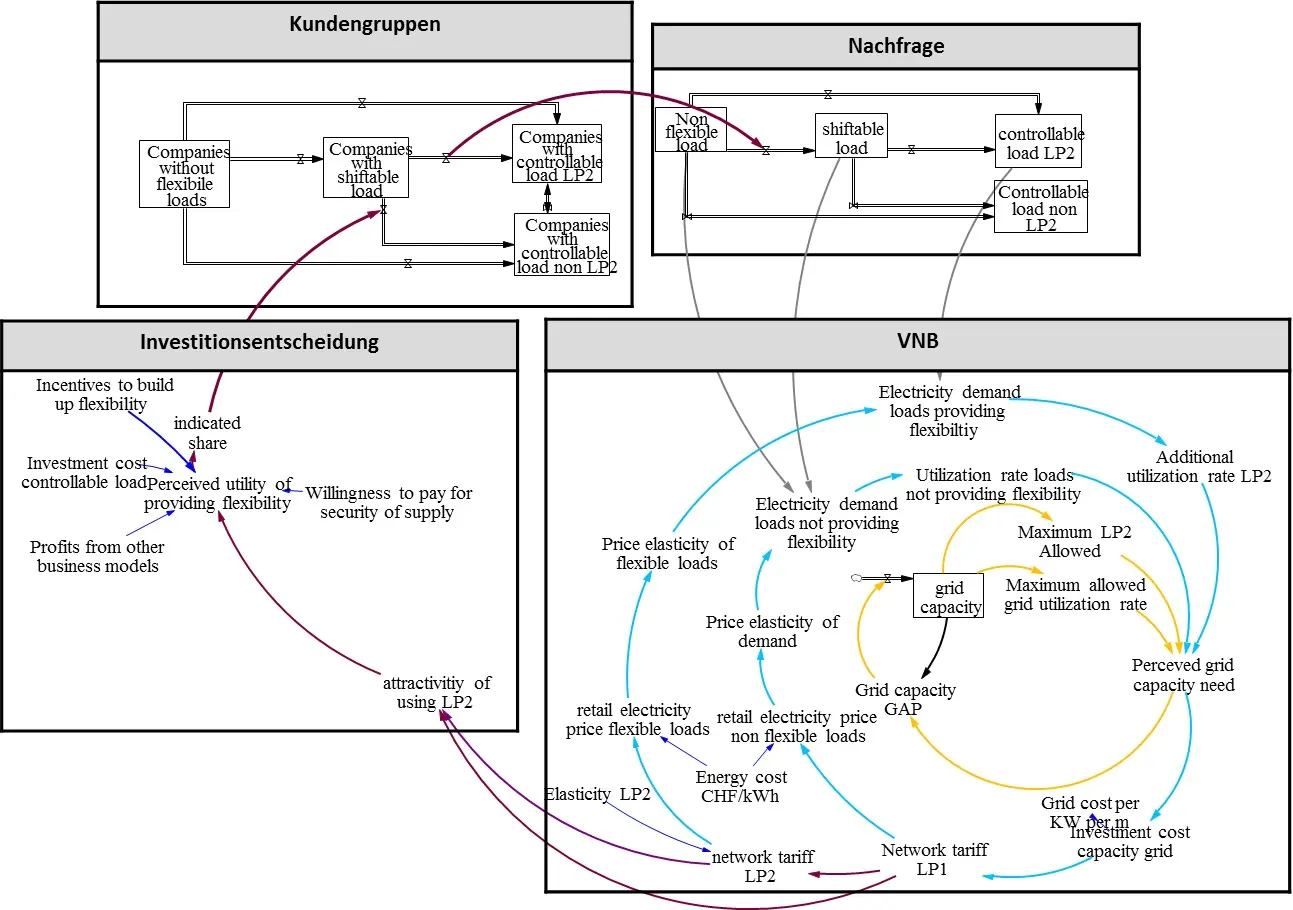Power Alliance
From local peak shaving to regional load shaping, a transnational demonstration initiative
The overall aim of Power Alliance is to evaluate the (trans)national feasibility of a traffic light approach at the grid distribution level N5 in practical terms. The implementation of regional load shaping devices and algorithms requires a high degree of autonomy of the underlying system, so that no or only a minimum of human interaction is required, while maintaining the security of supply and fast reaction times. Furthermore, consumer behaviour must not be impaired by the application of the technology. The installation of necessary technology must be quick and simple, with a minimum of maintenance effort. Finally, the architecture must be scalable to allow for dynamic integration or removal of participants.
Power Alliance will improve and adapt an approach to “regional load shaping”, which had been developed in the SmartStability project at the FHNW. The aim of the technology is to automatically shape the collective energy behaviour of regional consumers and producers according to a customized load schedule that ensures optimization of grid parameters. More specifically, a region is considered a collection of prosumers that collectively negotiate a load schedule with their utility companies in advance. Collective dynamic load shaping algorithms are then applied within the region to ensure that the pre-given load schedule can be met. The negotiated load schedule is used to achieve grid parameter optimization, while providing participants with the flexibility to engage in the electricity market. In emergency situations (traffic light “yellow” or “red”), the negotiated default schedule can be overwritten to implement more aggressive shortterm grid-stabilizing measures. To allow for the required degree of autonomy in normal operation (traffic light “green”), all participants offer their resources and bids via autonomous software/hardware agents that follow a market-oriented behaviour. The market-oriented approach ensures that interferences with consumer requirements are minimized. Scalability and simple installation are met, since adding or removing a new member to or from the region amounts to adding or removing an actor participating in the market; no further adjustments are needed. The self-organizing character of this approach minimizes maintenance efforts and serves as a grid stabilization measure. The selected primary market segment shall be SME with a medium load / generation capacity / flexibility in the range of 50 kW up to ca. 1 MW. Another objective is to gain experience and research results to which level data from customers are required in order to make a traffic light based grid operation feasible and how possible privacy issues can be managed in a reliable way with reasonable effort. The general objectives are:
- to develop and test energy service solutions and products that directly optimize grid operations and are applicable beyond national borders,
- to develop corresponding viable business models,
- to test equipment under field conditions,
- to elaborate differences in regulations which hinder a transnational unified operation and,
- to confirm acceptance of business models by customers and directly impacted stakeholders.
Knowledge from projects of different European institutions, and research results will be disseminated by participation in the ERA-Net Knowledge Community. The exchange within the community should also assist new ideas resulting in practical solutions at low implementation costs.
At a glance
Projectpartner:
Projectlead:
Projectteam:
- Dr. Juliana Zapata, Merla Kubli, Mirjam West, Dr. Jörg Musiolik, Corinne Moser, Michael Wurzinger
Projectstatus: April 2016 until April 2019
